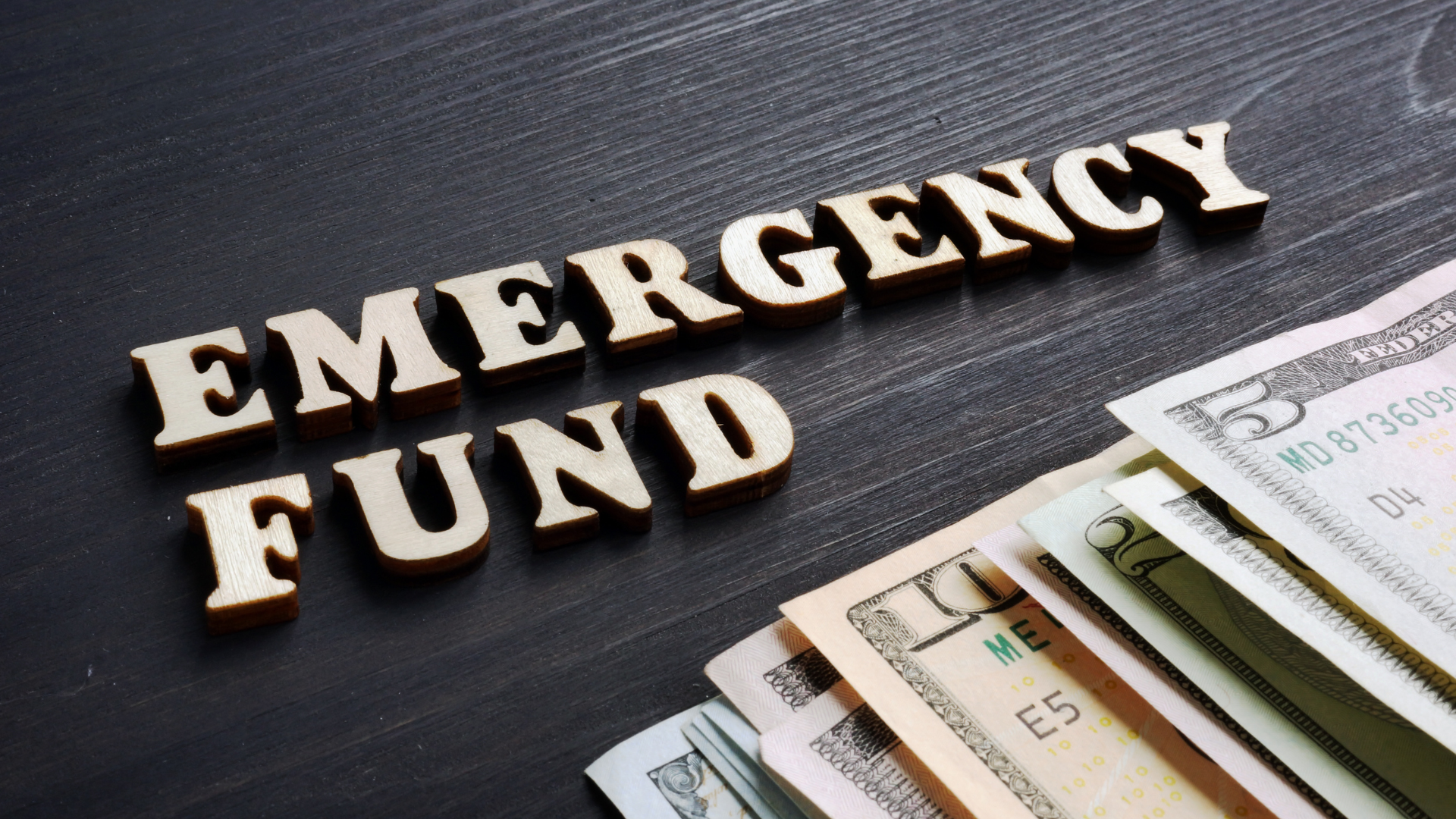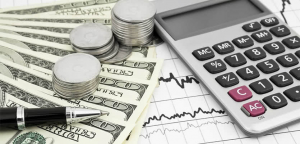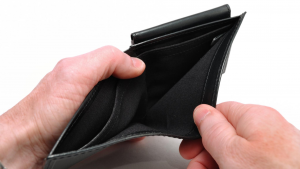It’s hard to save money, right? All you manage to do is put a drip in at the end of every month, maybe hit up your 401(k) retirement plan, and try to make up for the rest at the end of the year. Well, if you’ve been following this advice, you might be doing it wrong. No retirement plan, IRA, or other ’emergency fund’ will help you avoid a late fee. You need to plan for a surprise with a real emergency fund in the bank. But how do you make that happen? How do you build an emergency fund? We’ve got everything you need to know.
Why You Need an Emergency Fund
An emergency fund is an essential part of a financial safety net. It can help cover unexpected expenses like medical bills, car repairs, or job loss. Having an emergency fund can help reduce financial anxiety and stress. Without an emergency fund, unexpected expenses can quickly become overwhelming. This can lead to financial instability and even debt. An emergency fund can help you avoid these consequences by providing a buffer between you and unexpected expenses.
How to Determine How Much You Need to Save
In order to determine how much you need to save, you will need to consider your current financial situation and your future financial goals. Start by creating a budget to get an idea of your monthly expenses. Then, determine how much you would need to save to reach your goals. For example, if you want to save for a house, you will need to consider how much the down payment will be and how many months it will take you to save that amount. You can use a savings calculator to help you with this. Once you have a plan in place, start automating your savings so that you can reach your goals.
Where to Keep Your Emergency fund
When it comes to saving for a rainy day, you have a few options. You can keep your emergency fund in a savings account, a money market account, or a short-term certificate of deposit.
Savings Account
Your emergency fund should be kept in a savings account that is easily accessible in case of an emergency. The account should be separate from your other accounts so that you are not tempted to spend it on non-essential items. You should also consider having a backup emergency fund in case your primary savings account is depleted.
Money Market
There are a few places you can keep your emergency fund, but the best place is usually a money market account. This is because they offer safety and liquidity, which are both important qualities for an emergency fund. Money market accounts also tend to have higher interest rates than savings accounts, which can help your money grow faster.
Short-term Certificate of Deposit
Your emergency fund should be easily accessible in case you need it, but it shouldn’t be so accessible that you’re tempted to spend it. One option is to keep your emergency fund in a short-term certificate of deposit. This way, you can get to your money if you need to, but it will take a few days for the money to become available, which may discourage you from dipping into it for non-emergencies.
Ways to Make Saving for Your Emergency Fund Easier
One of the best ways to make saving for your emergency fund easier is to set up a direct deposit from your paycheck into your savings account. This way, you don’t have to think about transferring the money yourself and it will automatically go into your savings. Another way to make saving easier is to set up a budget and make sure that you have money allocated specifically for your emergency fund. This will help you to make sure that you are not overspending and that you are actively putting money away for your future. Finally, try to get creative with your savings and find ways to put away extra money each month. This could include earning cash back from credit cards, getting paid for freelance work, or finding other creative ways to make and save money.
What to Do Once You Have an Emergency Fund
Once you have an emergency fund in place, you can breathe a little easier knowing that you have a cushion to fall back on in case of an unexpected expense. But what do you do with the money once it’s in the bank? Here are a few things to keep in mind:
- Don’t dip into your emergency fund for non-emergencies. This fund is for true emergencies only, so resist the temptation to use it for things like a last-minute vacation or a new TV.
- Review your emergency fund periodically to make sure it’s still adequate. As your life changes, so too will your emergency needs.
- Remember that an emergency fund is only one part of your overall financial safety net. Don’t neglect other important areas like insurance and retirement savings.




